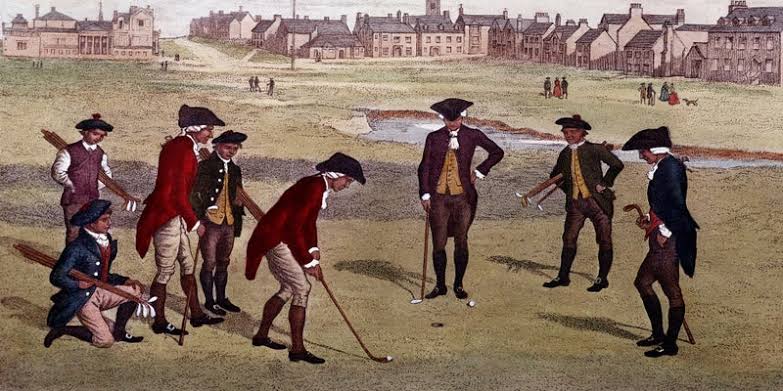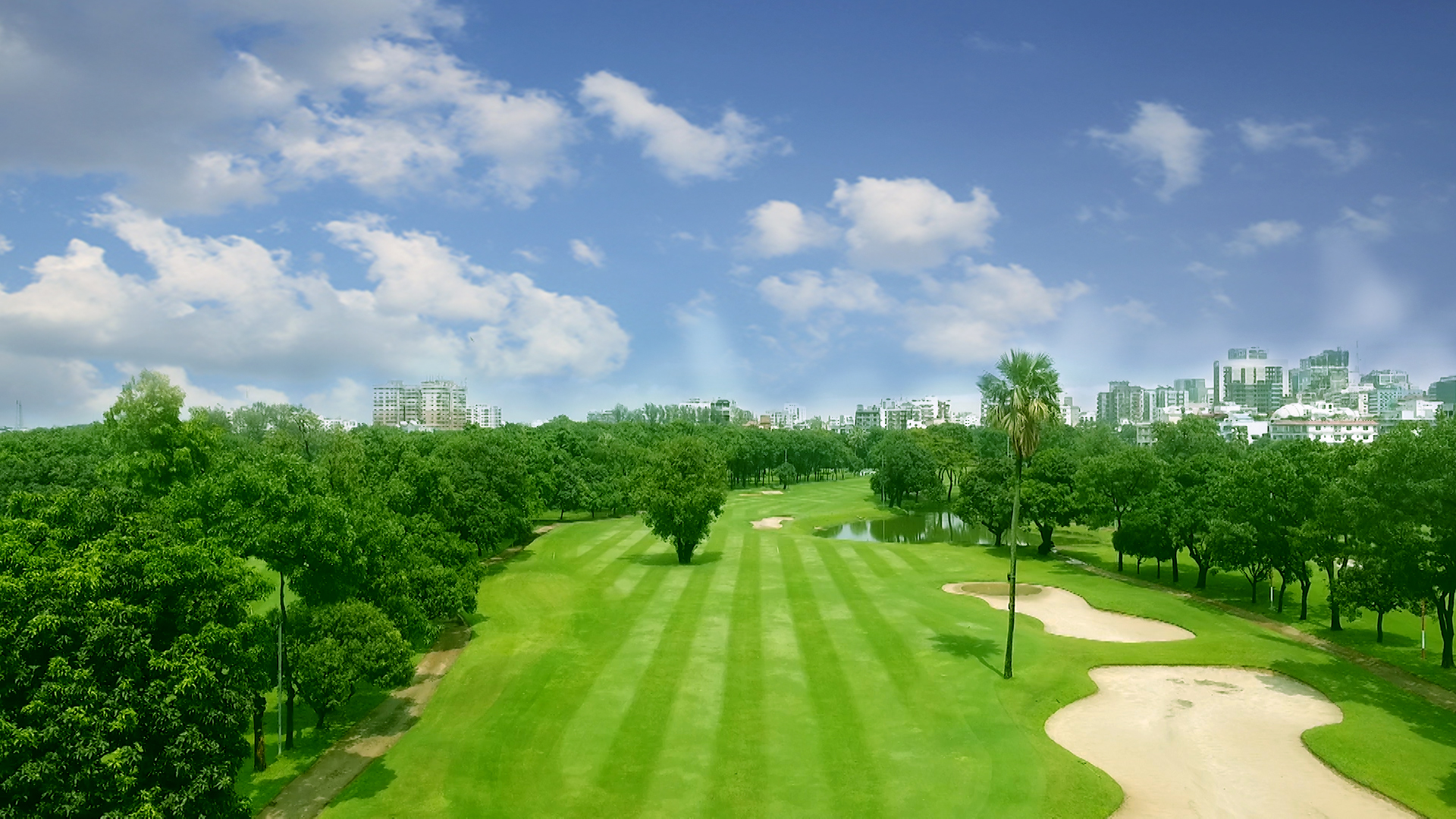


Have you ever wondered
Golf and St Andrews are synonymous with Scotland. James II of Scotland banned golf in 1457 because he felt that young men were playing too much golf instead of practicing their archery. The ban was upheld by James III and remained in force until 1502, when James IV became a golfer himself and removed the ban nearly 50 years later. Phew. Worse was to come: St Andrews Links went bankrupt in 1797, and the town council allowed the course to be used for rabbit farming, only to be saved after 20 years of litigation by James Cheape in 1821, buying the land and saving the links. He now has a bunker named after him on the 2nd on the Old Course.
Golf is egalitarian and a great leveller. It generates joy and pain in the same round. Courses and their locations have become hallowed places. The mix of nature, design, and hazards intertwined to challenge everyone. So have you ever wondered why it is what it is today?
Golf and St Andrews are synonymous with Scotland. James II of Scotland banned golf in 1457 because he felt that young men were playing too much golf instead of practicing their archery. The ban was upheld by James III and remained in force until 1502, when James IV became a golfer himself and removed the ban nearly 50 years later. Phew. Worse was to come: St Andrews Links went bankrupt in 1797, and the town council allowed the course to be used for rabbit farming, only to be saved after 20 years of litigation by James Cheape in 1821, buying the land and saving the links. He now has a bunker named after him on the 2nd on the Old Course.
But St Andrews have set the quirks, which we just accept in today’s game. One quirk of the Old Course at St Andrews that is not well known. It was never really designed. Yes, over time there have been tweaks. Bunkers filled in and some created, etc., but it just evolved as players moved in and around the dunes. At St Andrews, the direction of golf alternated between clockwise and anti-clockwise every week in order to let the grass recover better. After some time, due to the layout, it became fully anti-clockwise, the general accepted method of play today. In 1764, the golfers at St Andrews decided to combine the first four short holes into two to produce a round of 18 holes, though it was still 10 holes, of which 8 were played twice. Thus was born the 18-hole round, though it would be a hundred years before there were eighteen holes and other courses followed suit. But have you ever wondered how holes or hazards got their names?
On the Old Course St Andrews in 1869, the greens committee of the day decided to fill in a small pot bunker on the 15th fairway—it bizarrely reappeared overnight. Local golfer A.G. Sutherland, who was a vocal opponent of the change, received the blame (apparently wrongly). The bunker is still there and now called ‘Sutherland’. The long 14th is home to one of golf’s most notorious holes with nine bunkers. The most devilish is Hell Bunker lying ominously in a hollow some 100 yards short of the green, covering an area of 300 square yards and between 7 and 10 feet in depth. To his cost, Jack Nicklaus descended into Hell in 1995 and took four to get out.
The Royal Troon Golf Club originally had only 5 holes in 1878 and is now home to the shortest hole in Open Championship golf, the par-3 8th hole ('Postage Stamp') measuring a scant 123 yards in length and gaining its moniker after William Park Jr.—a two-time Championship winner in the 1880s—compared the hole’s tiny putting surface to that of a postage stamp. The Augusta National Course designed by the American Booby Jones and Englishman Alister MacKenzie built the course on a former plant nursery, with each hole named after the tree or shrub with which it was associated. Brampton Park’s 16th hole was named 'Badger Alley' due to its proximity to one of the UK’s largest badger colonies. Calabasas Country Club (US) was used by Warner Bros. for shooting locations, and every hole is named after one of the classic movies shot there, including Road to Rio, White Heat, and The Miracle.
At Prestwick, the 17th—the Alps—is a case in point. Allegedly the oldest existing hole in championship golf, untouched since Old Tom Morris laid it out himself. It is the kind of hole that would never be built today with the approach completely blind with nothing more than a stone on top of the hill to guide you to the green. Anything short will end up in the vast Sahara bunker (clue is in the name), and to make matters worse, the green slopes sharply from back to front. And poignantly, Turnberry Golf Course was used as an airbase in WW1, with fairways used as runways. After WW2, the 12th hole was renamed to the Monument in remembrance of all the fallen airmen in both wars.
So the next time you are standing on the first tee, ready to chase that little ball round, have a look and wonder why you do what you do, and ask yourself why that hazard or hole you are about to play got its name.



Bangladesh: The Next Frontier in Golf Tourism
Picture this: teeing off with the lush green hills
...Read moreSubscribe to our newsletter to get update daily.
Do not miss the top Golf magazines.
© Golf & Beyond, All rights reserved by
Tiger Golf Club
Designed and Developed by QuraitzDev
